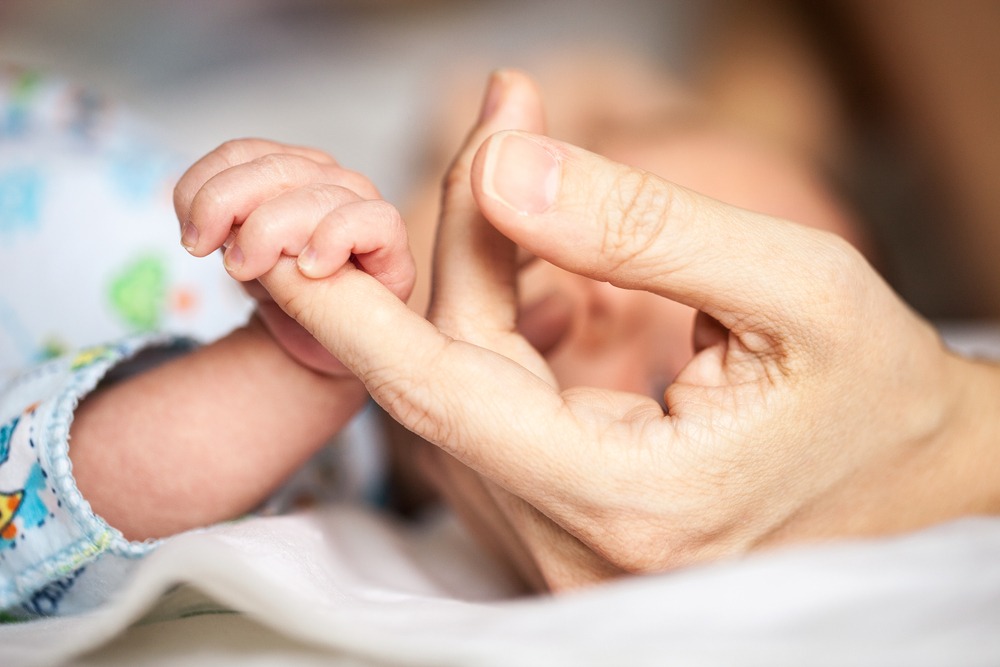FRANK FLOYD Wright, a famous architect, used the phrase, “The way a structure is to be used determines the way it gets shaped.” This is true even with a young, developing, and yet-to-be-molded brain.
The basic structure of the brain is plastic, meaning it can be shaped and reshaped. Cells repeatedly change their connections, which, when used repeatedly, become a part of their structure.
An individual’s nature is generally formed by two factors:
- Nurture: handling environmental inputs.
- Nature: genetic coding.
We can’t do much about the nature we are born with, but nurture can definitely be altered.
The first language a neonate understands is touch. Neonates aren’t interested in toys; they respond to touch, being held, cuddled, talked to, and black-and-white geometric shapes.
Let’s focus on tactile input, or touch. The skin is our largest sensory organ and can be a powerful instrument in making a neonate angry, anxious, or calm. The kind of touch is important.
Touch that pacifies a child, reduces stress, and anxiety can be called positive touch. This kind of touch causes the release of the “love hormone,” oxytocin, which helps the child calm down and gives them a sense of security. In the uterus, the fetus is surrounded by a thick, elastic sheath and amniotic fluid, which form its environment. All basic needs, like nutrition and oxygen, are taken care of. After birth, however, situations change suddenly. The neonate has to suck milk, breathe, and, importantly, react to gravity (perform movements considering it). The child is overwhelmed by these sudden changes, so touch becomes crucial. Generally, all neonates are swaddled; it gives them boundaries, which, in turn, comfort them and provide a feeling of security. But not all babies like it. Here comes individuality; we, as caregivers, should remember to respect choices.
We create positive impacts by not making the child anxious and not increasing their stress. This, in turn, helps the child regulate their actions and responses, which they will need to reduce their own stress levels.
Young children cry with some neonates but can be calmed down by others; the kind of touch is important. Very light touch can be perceived as pain in a neonate. Touch that makes them feel secure is what they need, and it becomes our duty to provide it.
Let’s use touch to soothe and calm the young one, as this is the language they understand and respond to best.


